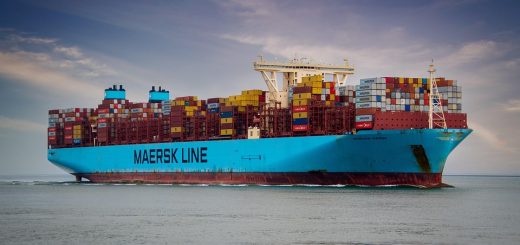China Freight Consolidation for European Importers: A Strategic Guide to Cost-Effective Shipping
Introduction
European importers are increasingly turning to China for sourcing products due to competitive pricing and a vast array of goods. However, managing multiple shipments from various suppliers can lead to high shipping costs and complex logistics. Freight consolidation offers a solution by combining smaller shipments into a single, larger shipment, thereby reducing costs and simplifying the import process.
Understanding Freight Consolidation
Freight consolidation involves grouping multiple smaller shipments from different suppliers into one larger shipment. This approach offers several benefits:
- Cost Savings: Sharing container space reduces per-unit shipping costs.
- Simplified Logistics: Managing a single shipment streamlines the import process.
- Reduced Risk of Damage: Proper consolidation minimizes the risk of damage during transit.
- Improved Inventory Management: Receiving consolidated shipments allows for better planning and storage.
Shipping Methods from China to Europe
European importers have several shipping options when consolidating shipments from China:
1. Sea Freight (Less-than-Container Load – LCL)
- Transit Time: Approximately 30–50 days, depending on the port of departure and destination.
- Cost: More economical for large shipments; rates range from $50–$100 per cubic meter.
- Considerations: Suitable for non-urgent shipments; requires coordination for consolidation and deconsolidation.
2. Rail Freight
- Transit Time: Approximately 15–30 days.
- Cost: Moderately priced; offers a balance between cost and speed.
- Considerations: Ideal for destinations in Central and Eastern Europe; may require additional transportation for final delivery.
3. Air Freight
- Transit Time: Approximately 3–5 days.
- Cost: Higher; approximately $4–$8 per kilogram.
- Considerations: Best for high-value or time-sensitive shipments; may be cost-prohibitive for large volumes.
4. Express Shipping
- Transit Time: Approximately 1–3 days.
- Cost: Highest; approximately $8–$10 per kilogram.
- Considerations: Suitable for urgent shipments; includes door-to-door service.
Customs Clearance in Europe
Navigating customs procedures is a critical aspect of importing goods into Europe. Each EU member state has its own regulations, but there are common requirements:
- Customs Declarations: Accurate and complete declarations are essential to avoid delays and fines.
- HS Codes: Correct classification of goods using Harmonized System codes determines applicable duties and taxes.
- Import Duties and VAT: Import duties vary by product category and country; VAT is applicable based on the destination country’s rate.
- Certificates and Licenses: Certain goods may require specific certifications or licenses for importation.
Utilizing the EU’s Import One-Stop Shop (IOSS) can streamline VAT payments for low-value goods, simplifying the process for both importers and customers.
Choosing a Reliable Freight Forwarder
Selecting a reputable freight forwarder is crucial for ensuring smooth importation. Consider the following when choosing a partner:
- Experience: Look for a forwarder with expertise in handling your specific type of goods and familiarity with EU customs procedures.
- Services Offered: Ensure they provide consolidation services, warehousing, and comprehensive shipping solutions.
- Reputation: Research customer reviews and testimonials to gauge reliability and service quality.
- Technology: Opt for a forwarder that offers tracking systems and transparent communication channels.
Conclusion
Freight consolidation offers European importers a cost-effective and efficient way to manage shipments from China. By understanding the various shipping methods, customs procedures, and selecting a reliable freight forwarder, businesses can streamline their import processes and maintain a steady supply of goods.


